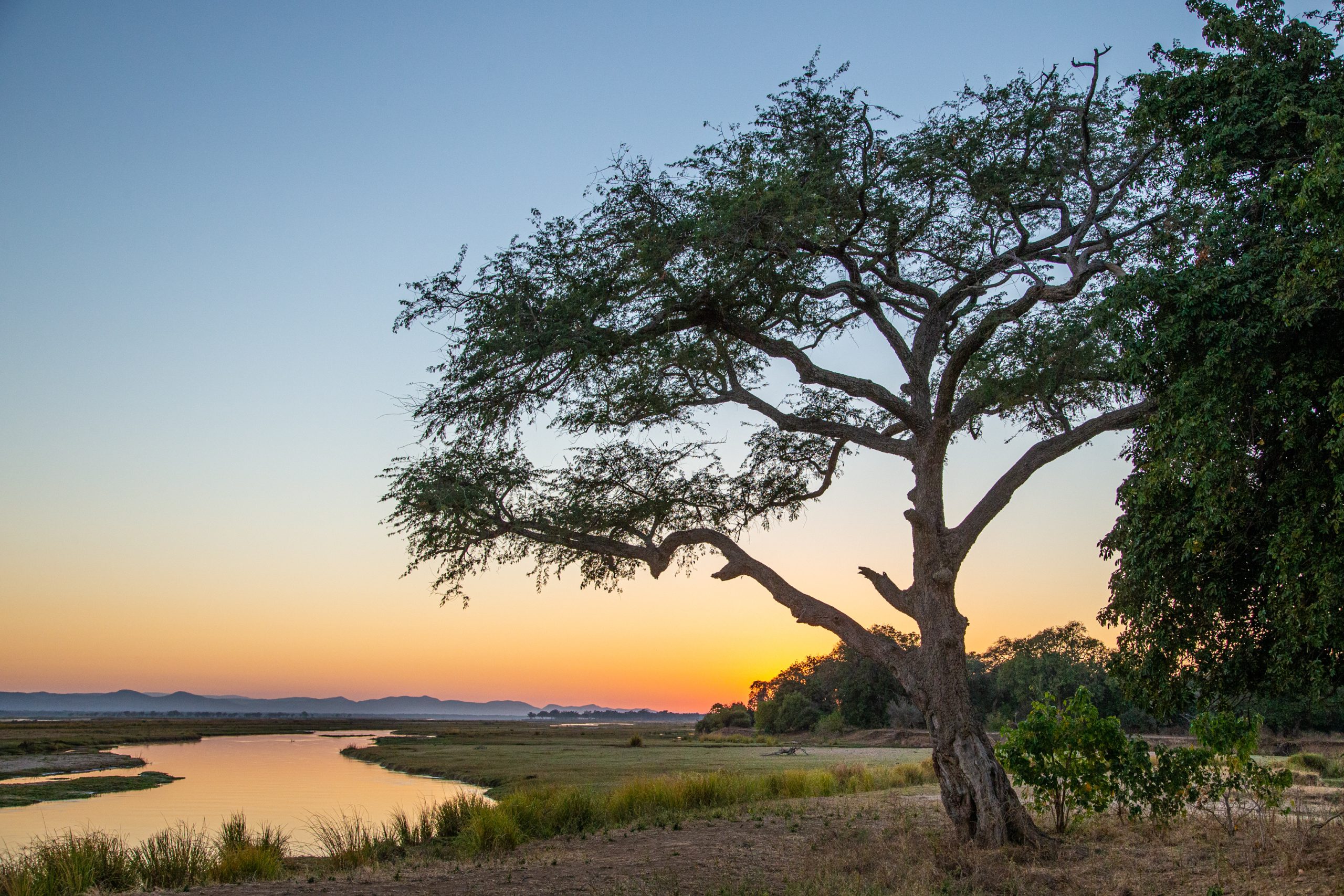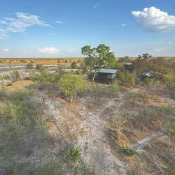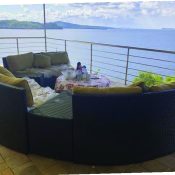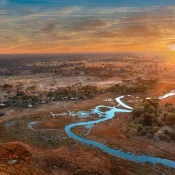
AFRICAN WILDLIFE FOUNDATION: A STRONG PRESENCE IN THE MID-ZAMBEZI LANDSCAPE
For over two decades, the African Wildlife Foundation (AWF) has been a dedicated partner in Zimbabwe’s conservation efforts, working alongside the government and its people to safeguard and revitalize vital landscapes like the Mid-Zambezi and the Southeast Lowveld. These areas have served as crucial anchors in fostering a robust wildlife economy for the nation.
AWF’s comprehensive, landscape-level approach in Zimbabwe has yielded significant positive outcomes, fostering more resilient communities, bolstering sustainable wildlife populations, achieving notable progress in mitigating the challenges of human-wildlife conflict, and strengthening the integrity of transboundary ecosystems. This groundwork has been essential in laying the foundation for locally driven, long-term conservation success, achievements that would not have materialized without the strong and positive collaborative relationship AWF has cultivated with the Zimbabwe Parks and Wildlife Management Authority (ZimParks) over the past 20 years.
A significant milestone has recently been reached in the Mid-Zambezi Valley landscape with the establishment of a co-management agreement for the Greater Mana Pools Ecosystem between the Peace Parks Foundation and ZimParks. AWF has expressed its pride in the collaborative work undertaken with ZimParks and the communities residing within this landscape. The organization is pleased to witness the Mana Pools landscape achieving a level of stability that allows for a partner like the Peace Parks Foundation to assume a co-management role.
In recognition of this pivotal development, AWF will be transitioning its on-the-ground operational responsibilities within the Mid-Zambezi landscape. This will entail the cessation of AWF-led activities in the Mana Pools region, encompassing both the Mana Pools National Park and the Mbire District. The AWF’s Zimbabwe team is currently working in close coordination with ZimParks and local community partners to ensure a seamless and effective handover process.
AWF’s decade-long investment in the Mid-Zambezi landscape and specifically within Mana Pools National Park has been cantered on the implementation of integrated conservation and development strategies. These strategies aim to empower local communities while simultaneously protecting and restoring the natural ecosystems that are fundamental to the well-being of both people and wildlife. Notably, during AWF’s period of engagement in the Mid-Zambezi landscape, the elephant population has experienced an increase, and the lion population has achieved stability, marking significant conservation successes.
Key highlights of AWF’s impact in the landscape include the successful securing of elephant populations and their vital wildlife habitats. This has been achieved through a multi-pronged approach involving support for rapid-response anti-poaching units, implementation of measures to mitigate human-wildlife conflict, facilitation of joint law enforcement operations between Zambia and Zimbabwe, and support for ranger-based monitoring teams. This comprehensive strategy has resulted in a remarkable achievement of zero elephant poaching incidents since 2020, a significant reduction from the alarming figure of 100 elephants lost to poaching in 2014.
Furthermore, AWF has played a crucial role in supporting communities to effectively respond to and mitigate human-wildlife conflicts. This has involved working through local conservation organizations to build the capacity of Zimbabwean individuals and institutions to develop locally relevant solutions for lion conservation. Interventions supported by AWF in the Mid-Zambezi landscape have led to a reduction in livestock depredation, a decrease in retaliatory killings of wildlife, the adoption of improved livestock husbandry practices, positive shifts in people’s behaviour towards wildlife, and an enhanced understanding of lion biology, including their spatial distribution and prey preferences. These positive outcomes have collectively contributed to the stabilization of a once-declining lion population within the landscape.
Specific investments made by AWF within Mana Pools National Park have significantly enhanced conservation efforts. These include expanding the operational footprint and effectiveness of anti-poaching patrols through the upgrading and substantial improvement of the Park’s ranger outposts, notably the modernization of D Camp. Support has also been provided for enhancing river patrols, training and equipping community scouts, expanding the utilization of GIS-based tools and systems for ecological monitoring and conservation planning, and establishing the Park’s first local repair facility for ranger vehicles. These investments have been instrumental in achieving a 50% reduction in the poaching of key species within the park.
AWF has also facilitated crucial cross-border meetings and joint river patrols to foster increased collaboration between Zimbabwe and Zambia. This collaborative approach is considered central to the future success of the trans-frontier conservation area and the long-term protection of Mana Pools National Park.
Looking ahead, AWF remains steadfast in its commitment to a vision of sustainable development that recognizes thriving wildlife and wildlands as integral cultural and economic assets for Africa’s future generations. As part of this enduring vision, AWF will continue to collaborate with government and local partners in Zimbabwe and other African nations on strategies that effectively integrate economic growth and environmental conservation. This includes supporting the implementation of strategies identified in the Zimbabwe Biodiversity Economy Report, a significant document developed by Zimbabwe’s Ministry of the Environment with the valuable support of the African Wildlife Foundation.
All Categories
Recent Posts
Kazuma Safari Camp –
Kariba’s Kumabirira Lodge Is The Perfect Hideaway
Contact Us
+263 789 532 918




